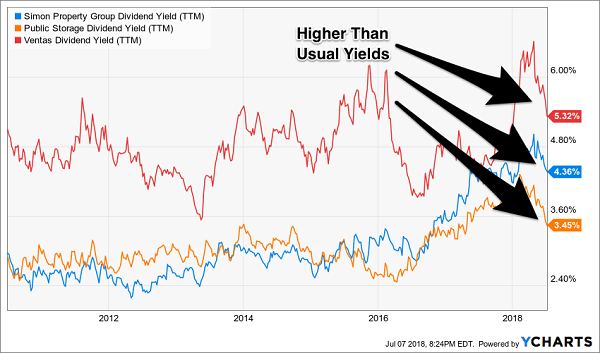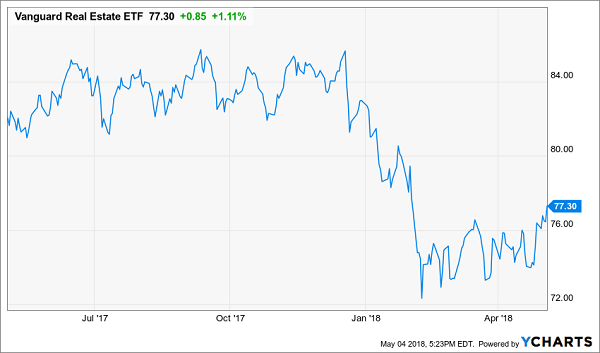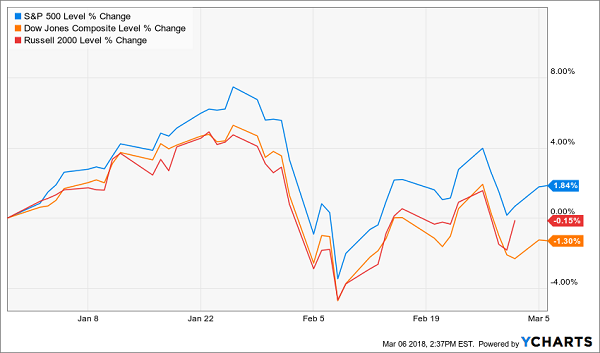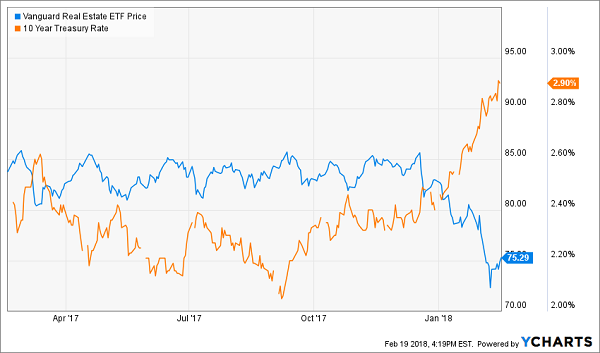It’s a good time to be a virtual landlord. REIT (real estate investment trust) dividends just got a tax break, their stock prices are kicking off a rally and their yields are still on the generous side.
Let’s start with those yields, because that’s why we buy REITs. These firms get a pass from Uncle Sam if they dish most of their profits to us investors as dividends. (This generosity, by the way, has helped REITs outperform the broader stock market for much of their history.)
Current yields are higher than usual today:
REIT Yields are Higher Than Usual
Generally this means that REIT prices are too low (and should be bought).…
Read more




Recent Comments